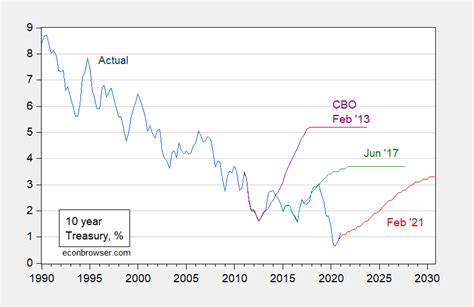Dividend yield is an important metric for income investors. It is the annual dividend per share divided by the current market price of the stock. Dividend yield is expressed as a percentage and gives you an idea of the amount of income you can expect to receive from investing in a particular stock.

How to Work Out Dividend Yield
To work out dividend yield, you need to follow these steps:
- Find the current market price of the stock. You can do this by looking up the stock’s price on a financial website or in a newspaper.
- Find the annual dividend per share. You can do this by looking up the company’s dividend history on a financial website or in the company’s annual report.
- Divide the annual dividend per share by the current market price of the stock.
- Multiply the result by 100 to express the dividend yield as a percentage.
For example:
Suppose you are considering investing in a stock that is currently trading at $50 per share. The company has paid an annual dividend of $2 per share for the past several years.
To work out the dividend yield, you would divide $2 by $50 and then multiply the result by 100. This gives you a dividend yield of 4%.
What is a Good Dividend Yield?
There is no one-size-fits-all answer to the question of what is a good dividend yield. It depends on your individual investment goals and risk tolerance. However, as a general rule of thumb, a dividend yield of 3% or more is considered to be attractive.
Dividend yield vs dividend payout ratio
Dividend yield is often confused with dividend payout ratio. Dividend payout ratio is the percentage of a company’s net income that is paid out as dividends to shareholders. Dividend yield, on the other hand, is the annual dividend per share divided by the current market price of the stock.
While dividend yield and dividend payout ratio are related, they are not the same thing. A company with a high dividend payout ratio may not have a high dividend yield if its stock price is high. Conversely, a company with a low dividend payout ratio may have a high dividend yield if its stock price is low.
Benefits of Investing in High-yield Dividend Stocks
There are several benefits to investing in high-yield dividend stocks, including:
- Income: Dividend stocks provide a regular stream of income, which can be helpful for retirees or investors who need to supplement their income.
- Capital appreciation: Dividend stocks have the potential to appreciate in value over time, just like any other stock.
- Tax benefits: Dividends are taxed at a lower rate than other types of income, such as interest and capital gains.
Risks of Investing in High-yield Dividend Stocks
There are also some risks associated with investing in high-yield dividend stocks, including:
- Dividend cuts: Companies can cut or eliminate their dividends at any time, which can lead to a loss of income for investors.
- Interest rate risk: Dividend stocks are more sensitive to interest rate changes than other types of stocks. When interest rates rise, the value of dividend stocks tends to fall.
- Company risk: Investing in any individual stock carries the risk that the company could go bankrupt or otherwise lose value.
Conclusion
Dividend yield is an important metric for income investors. It is a measure of the amount of income you can expect to receive from investing in a particular stock. There are both benefits and risks associated with investing in high-yield dividend stocks, so it is important to weigh the pros and cons before making any investment decisions.
FAQs
- What is the average dividend yield for the S&P 500? The average dividend yield for the S&P 500 is currently around 1.5%.
- What is a good dividend yield for a stock? A good dividend yield is typically considered to be 3% or more.
- What is the difference between dividend yield and dividend payout ratio? Dividend yield is the annual dividend per share divided by the current market price of the stock. Dividend payout ratio is the percentage of a company’s net income that is paid out as dividends to shareholders.
- What are the benefits of investing in high-yield dividend stocks? The benefits of investing in high-yield dividend stocks include income, capital appreciation, and tax benefits.
- What are the risks of investing in high-yield dividend stocks? The risks of investing in high-yield dividend stocks include dividend cuts, interest rate risk, and company risk.



